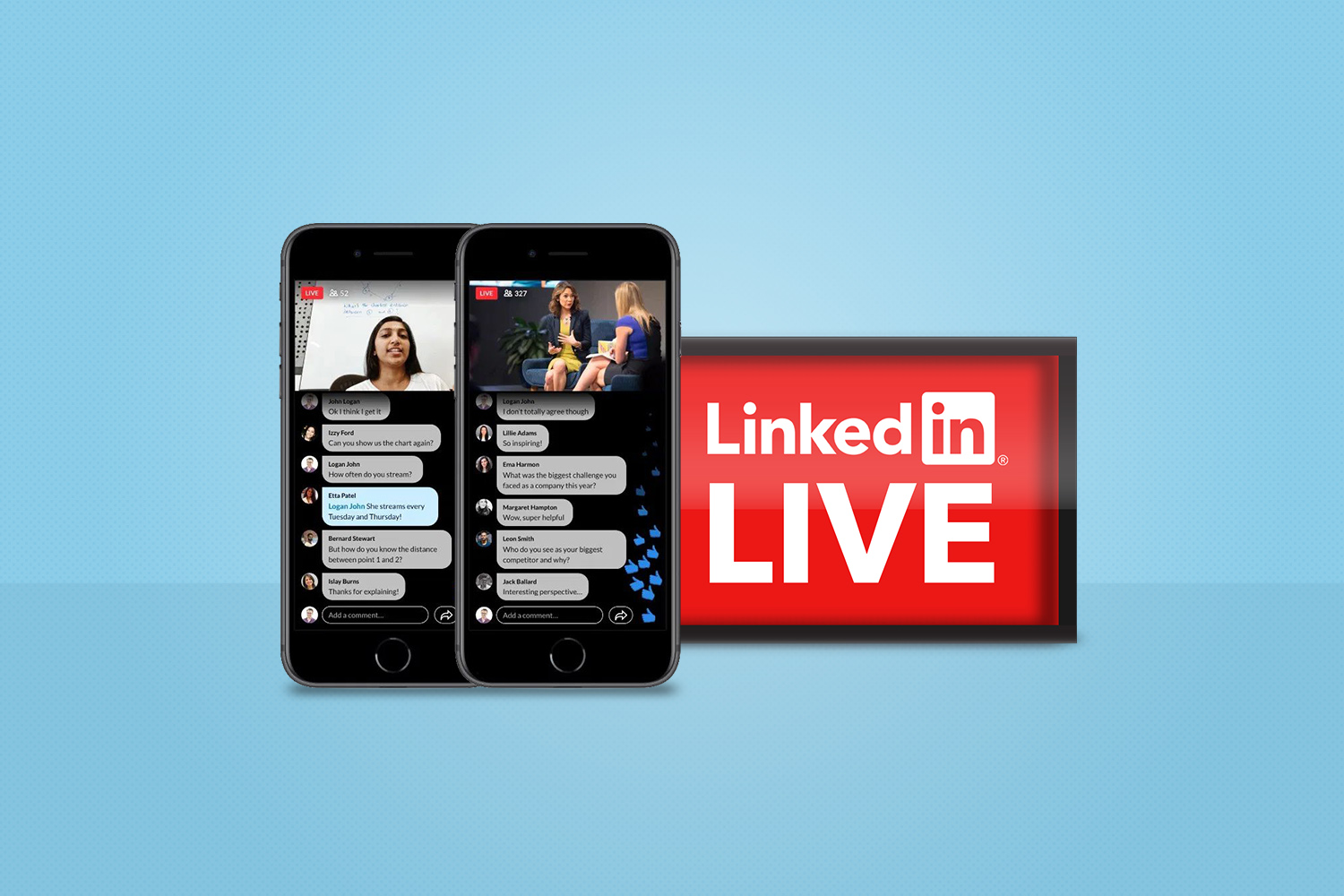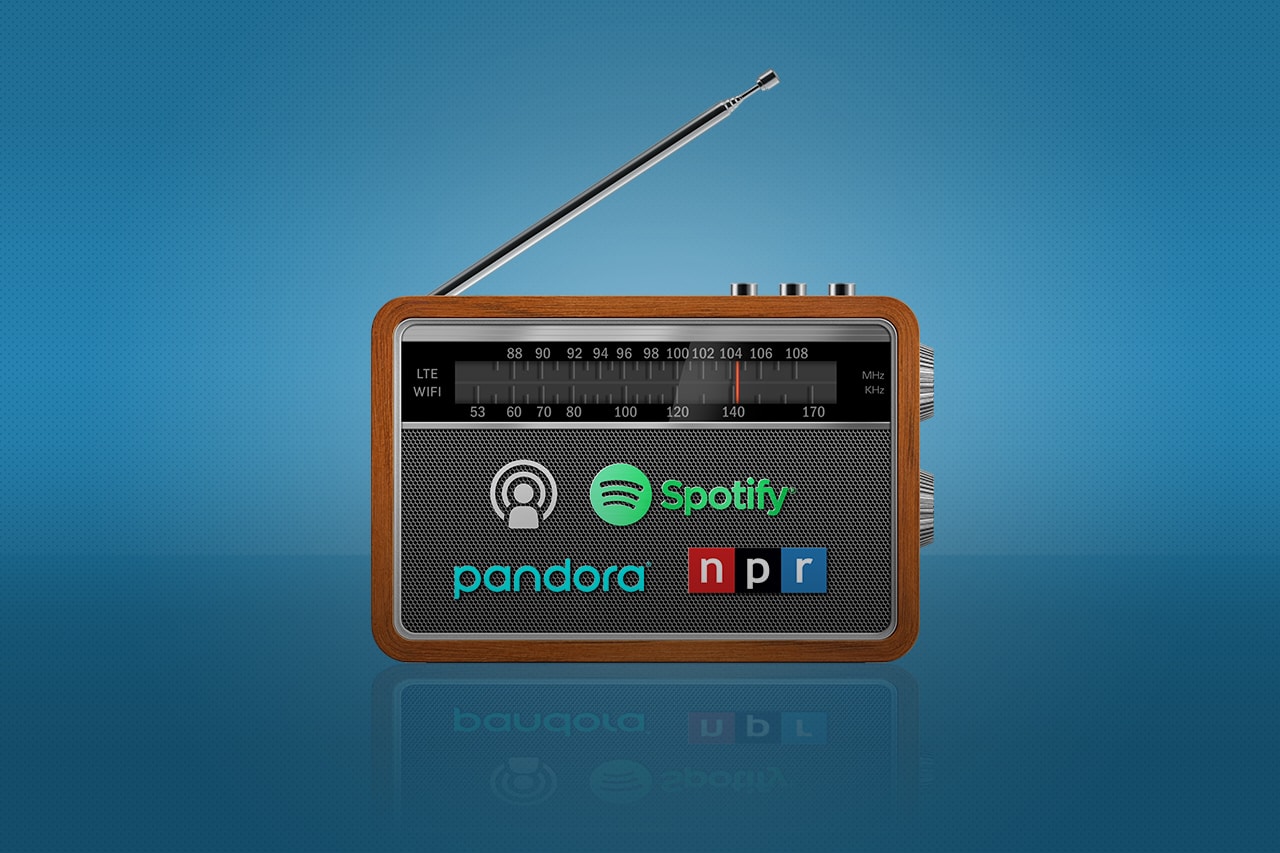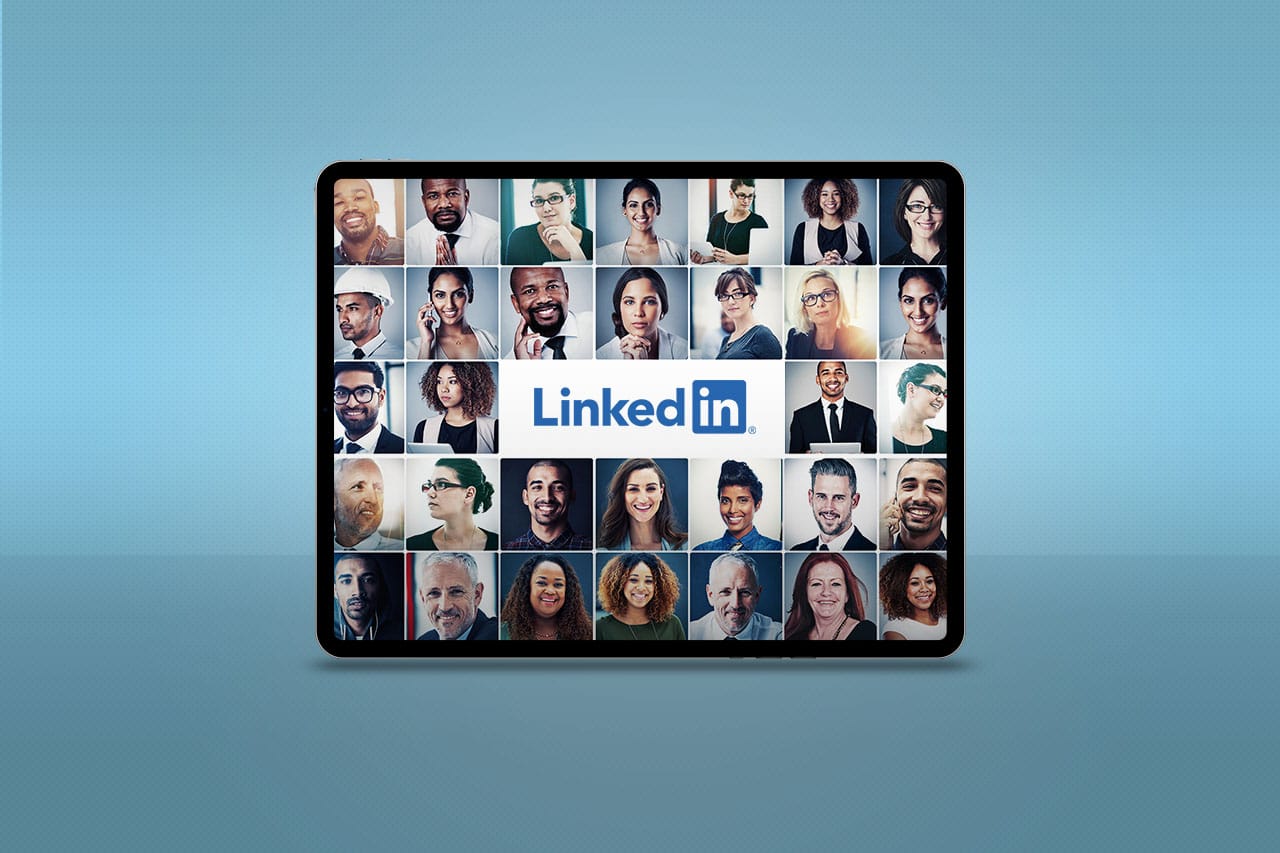LinkedIn Live has been around for a little over a year, but it has remained an underutilized platform for many businesses. Now, with companies getting more comfortable with digital experiences, and looking for more meaningful ways to connect with their audiences online, LinkedIn Live is getting the second look it deserves.
While the name implies a lot about what it does, this feature shouldn’t be seen as only for live videos. Pre-recorded and edited videos are just as easily shared through this feature as live conferences or webinars.
Live events and live videos allow for another facet to connect with professional users in a way that resonates with them, and provides more opportunities for two-way conversation and brand loyalty.
Find Your Level of Professionalism
Keeping with the professional atmosphere, LinkedIn Live uses professional partnership services to stream your videos to viewers. These third-party services range from free options to paid tiers depending on what your company needs. Services include things like multiple filming angles, professional editing and customer support for your attendees.
Engage Your Audience
To get the most out of LinkedIn Live we really push strategy. Asking questions like: who is the intended audience, how can we reach them, and what is relevant to them? Answering these will help layout a plan about how to market, connect and speak to relevant users to make the strongest connection with potential viewers.
For example, if you are only promoting your LinkedIn Live video through organic posts and to users who already follow your brand, this cannot be thought of in terms of conversion-based KPI’s. The topic can maybe be more specific, since you know more about what they want.
On the other hand, if you’re looking to reach a new audience, your marketing plan needs to reflect that. This is a good time to utilize LinkedIn advertising, or create a LinkedIn Event that people can join and easily share with others.
No matter what way you choose, it is paramount that you get the word out effectively. This means multiple posts or ads building up to your LInkedIn Live stream. Additionally, engagement early on helps people have time to share and remember so they don’t miss out.
Connect, Follow-up, Repeat
Just like any in-person event your company attends or develops, it’s important to follow up with your attendees to keep that connection going. Share on LinkedIn and other platforms post-stream, email attendees with additional information, and continue to invite them to connect with your brand in meaningful ways. This strengthens the bond and keeps them excited for future events, live streams, or other opportunities you develop and share.





